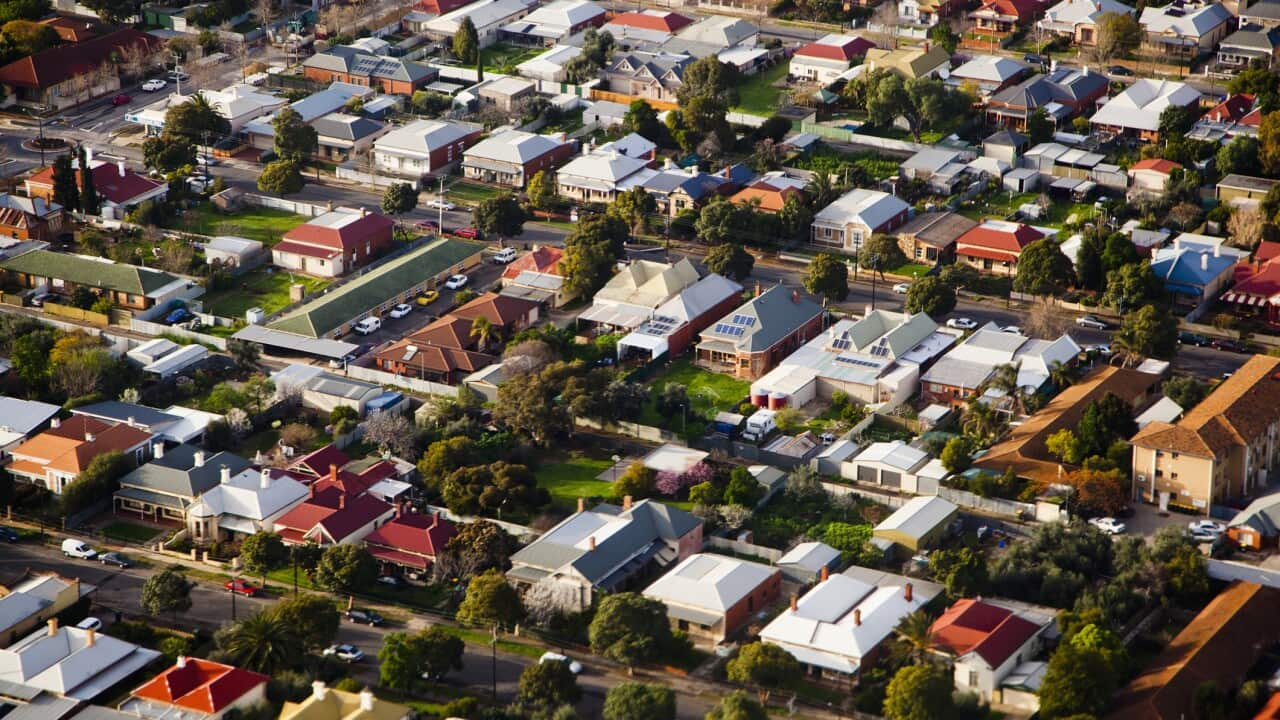
Key Points
- Australia’s south-eastern states will see temperatures in the high 30s to low 40s, generating fire conditions.
- Fire dangers are expected to peak in South Australia, with a catastrophic rating in the Eastern Eyre Peninsula.
- Severe storms will batter inland Western Australia, parts of Queensland and north-east NSW.
People in Australia’s south and south-east have been told to brace for elevated fire dangers this weekend — with heat and strong winds expected in coming days.
According to the Bureau of Meteorology (BoM), gusty conditions and temperatures in the high 30s to low 40s will push into parts of South Australia, Victoria and NSW over the weekend.
In particular, locally damaging winds will hit NSW and Victorian alpine areas. Severe weather warnings are expected to be issued in those areas.
The hot conditions will gradually contract to northern NSW and Queensland.
Extreme fire danger
Fire dangers are expected to peak in southern parts of South Australia on Saturday, according to the BoM. A catastrophic rating has been issued in the Eastern Eyre Peninsula forecast district.
Extreme fire dangers are also forecast for Queensland’s Channel Country (in the state’s south-west corner) and north-west Victoria.
Hot and gusty conditions may impact fires that are already ongoing or start new fires in those areas.
While conditions are expected to ease by Sunday, extreme fire dangers will continue about the north-west slopes and plains of NSW and Queensland’s Channel Country.
Thunderstorms are anticipated across much of the country in a horseshoe pattern — said to impact the west, north and east.
Severe storms will batter inland Western Australia, through parts of central and southeast Queensland, and north-east NSW.
In the eastern areas, the BoM predicts damaging wind gusts, heavy rainfall or large hail.
By Saturday, the storm areas will extend further south into South Australia and inland NSW. In those areas, dry thunderstorms are said to compound the risk of fires.
Widespread rainfall is expected on Sunday and is forecast to contract into the northern states by Monday.













